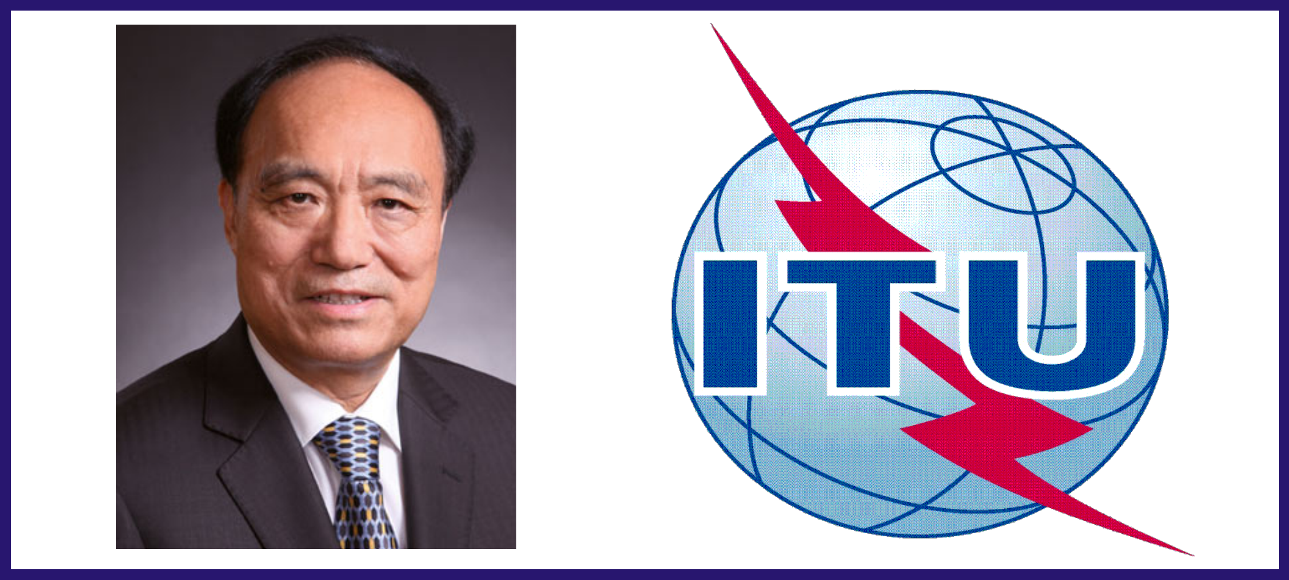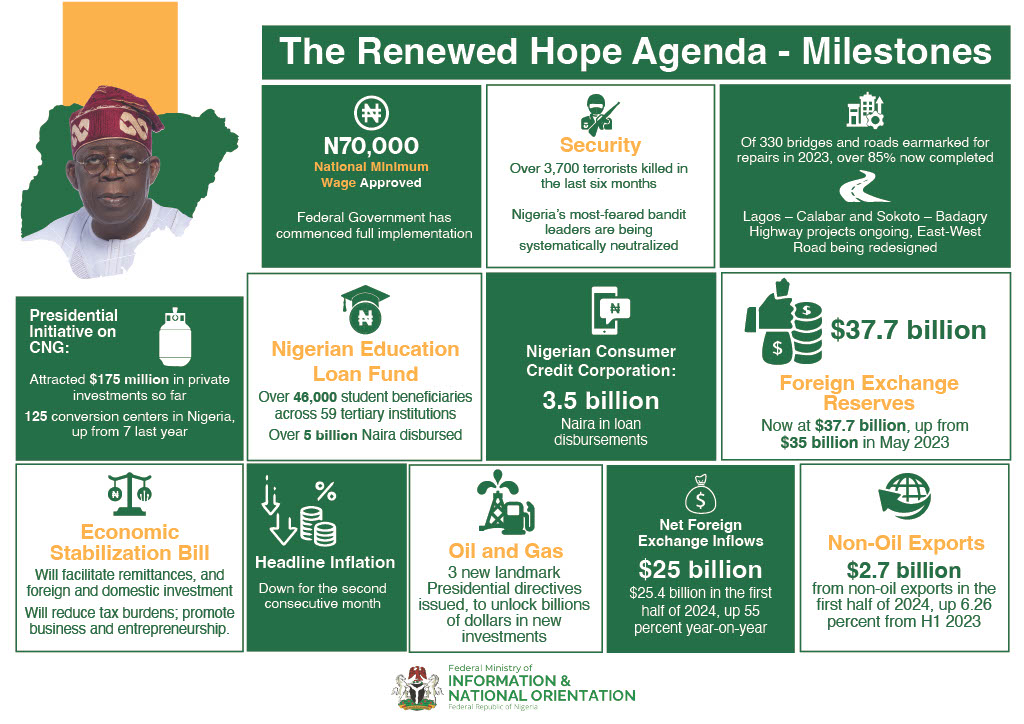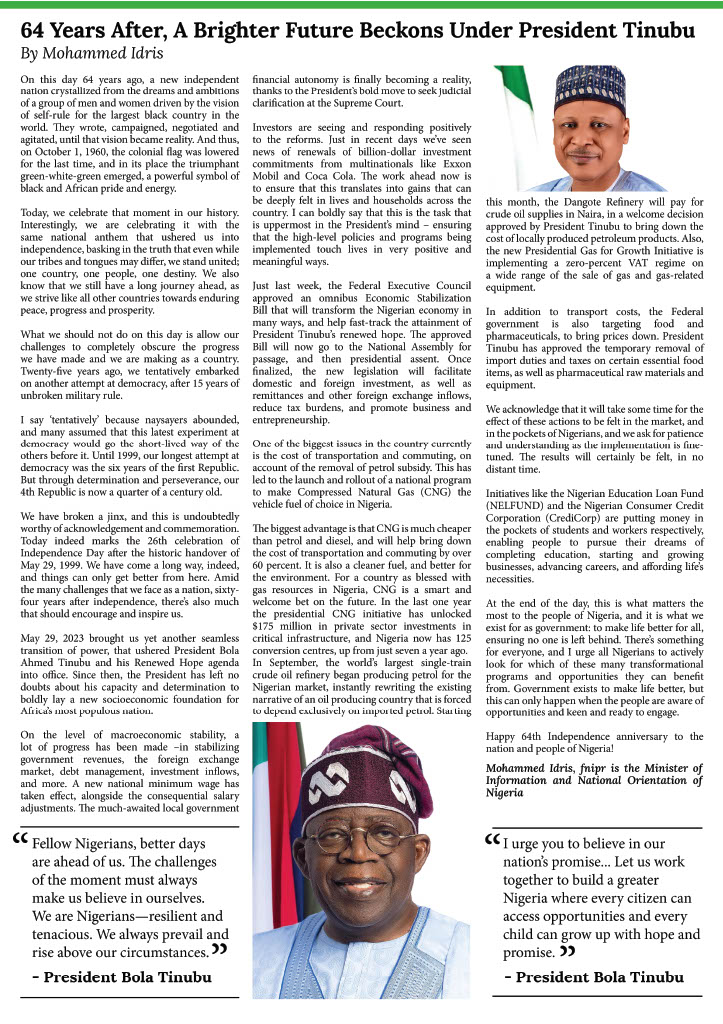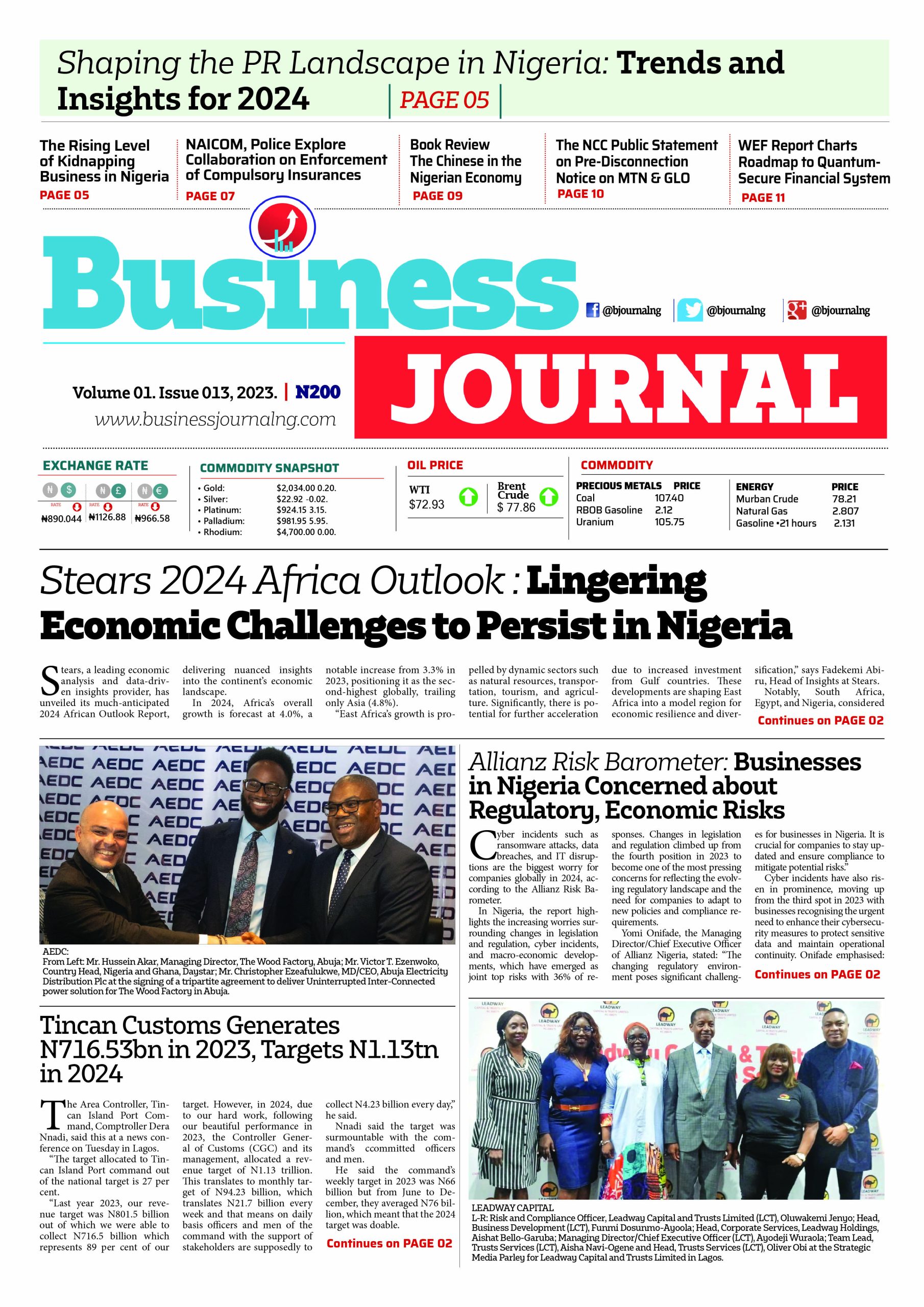7bn Mobile Subscriptions, up from 738m in 2000
3.2bn Internet Users, 2bn in Developing Countries
Broadband Now Affordable in 111 Countries
New figures released by ITU indicate that over the past 15 years, information and communication technologies (ICTs) have grown in an unprecedented way, providing huge opportunities for social and economic development.
The new figures track ICT progress and show gaps in connectivity since the year 2000, when world leaders established the United Nations Millennium Development Goals (MDGs).Today, there are more than 7 billion mobile subscriptions worldwide, up from 738 million in 2000.
Globally, 3.2 billion people are using the Internet, of which two billion live in developing countries.“These new figures not only show the rapid technological progress made to date, but also help us identify those being left behind in the fast-evolving digital economy, as well as the areas where ICT investment is needed most,” said ITU Secretary-General Houlin Zhao, at the press conference to launch the report at the 2015 WSIS Forum in Geneva.
“ICTs will play an even more significant role in the post-2015 era and in achieving future Sustainable Development Goals as the world moves faster and faster towards a digital society,” said Mr Brahima Sanou, the Director of the ITU’s Telecommunication Development Bureau.
“Our mission is to connect everyone and to create a truly inclusive information society, for which we need comparable and high-quality data and statistics to measure progress.”Internet User Penetration Increased Seven-fold since 2000Between 2000 and 2015, Internet penetration has increased almost seven-fold from 6.5 to 43 per cent of the global population.
The proportion of households with Internet access at home advanced from 18 per cent in 2005 to 46 per cent in 2015.ITU figures also indicate that four billion people in the developing world remain offline. Off the nearly one billion people living in the Least Developing Countries (LDCs), 851 million do not use the Internet.
3G Mobile Broadband Coverage Rapidly ExtendingMobile broadband is the most dynamic market segment, with Mobile-Broadband penetration globally reaching 47 per cent in 2015, a value that increased 12-fold since 2007. In 2015, 69 per cent of the global population will be covered by 3G mobile Broadband, up from 45 per cent in 2011.
There is also a rapid extension of 3G mobile broadband into rural areas, and ITU estimates that 29 per cent of the 3.4 billion people worldwide
living in rural areas will be covered by 3G mobile broadband by the end of 2015.
Among the four billion people living in urban areas, 89 per cent will have access to 3G mobile broadband. Fixed Broadband Uptake Growing at a Slower PaceFixed-broadband uptake is growing at a slower pace with a seven per cent annual increase over the past three years. While the prices of fixed-broadband services dropped sharply between 2008 and 2011 in developing countries, they have been stagnating since then and even increased slightly in LDCs.
Broadband now Affordable in Many CountriesThe figures indicate that Broadband is now affordable in 111 countries, with the cost of a basic (fixed or mobile) broadband plan corresponding to less than five per cent of Gross National Income (GNI) per capita, thus meeting the target set by the Broadband Commission for Digital Development.
The global average cost of a basic fixed-broadband plan, as measured in PPP$ (or purchasing power parity $), is 1.7 times higher than the average cost of a comparable mobile-broadband plan.
ITU StatisticsITU statistics are widely recognised as the world’s most reliable and impartial global data on the state of the global ICT industry. They are used extensively by leading intergovernmental agencies, financial institutions and private sector analysts worldwide.










